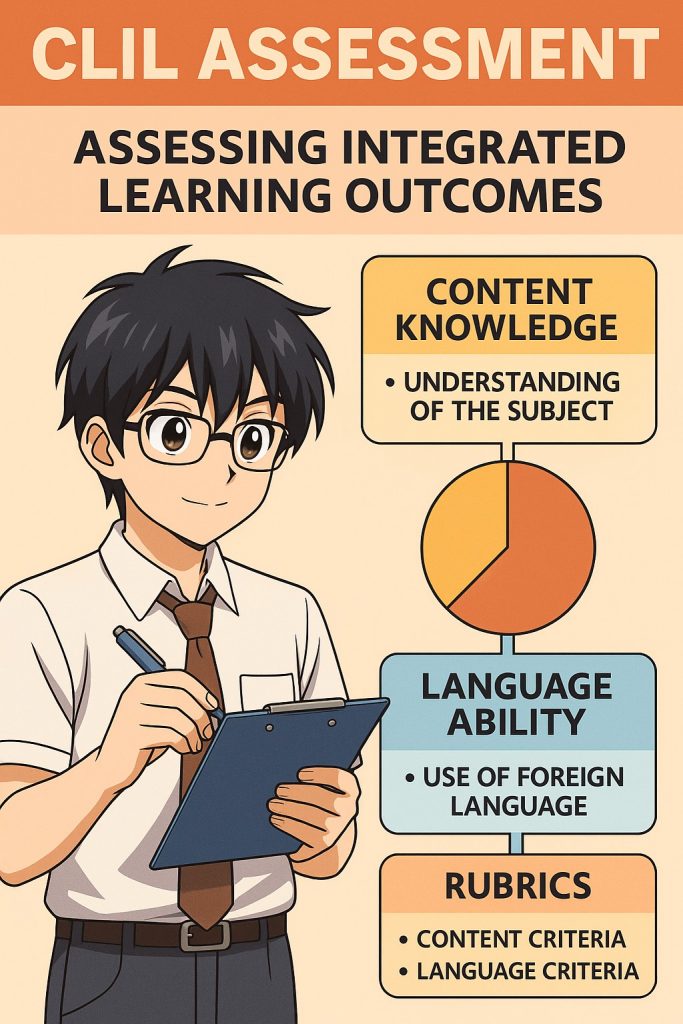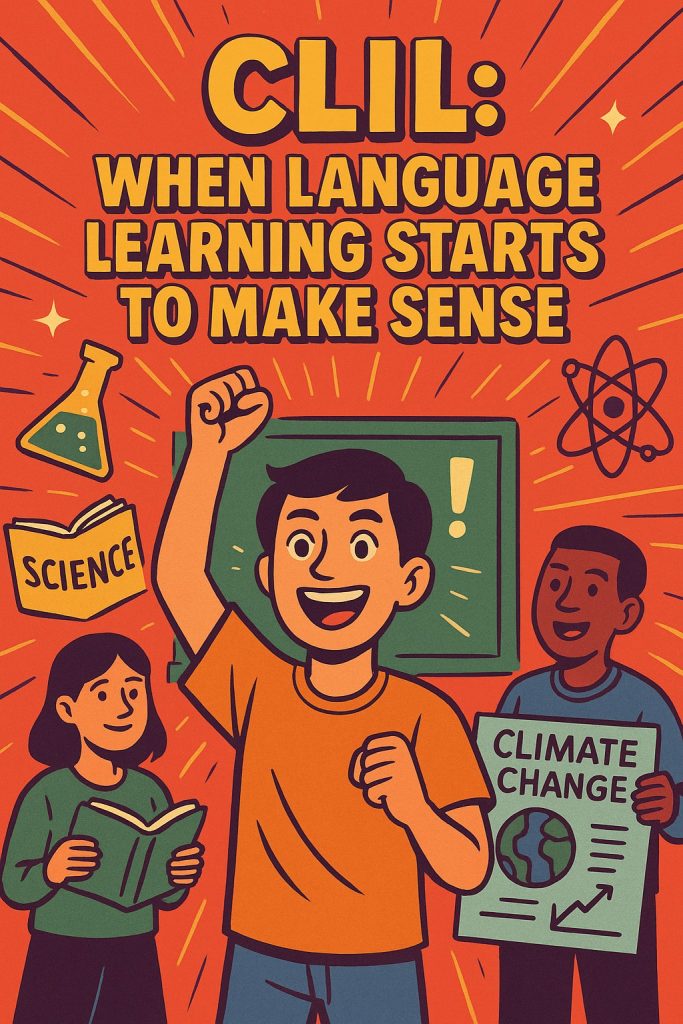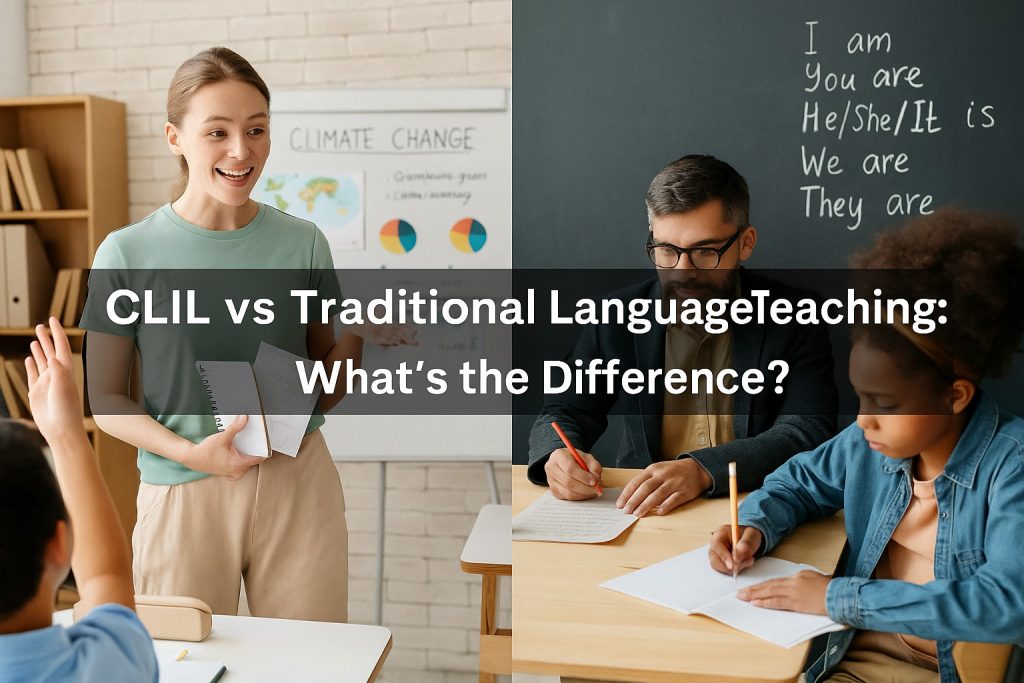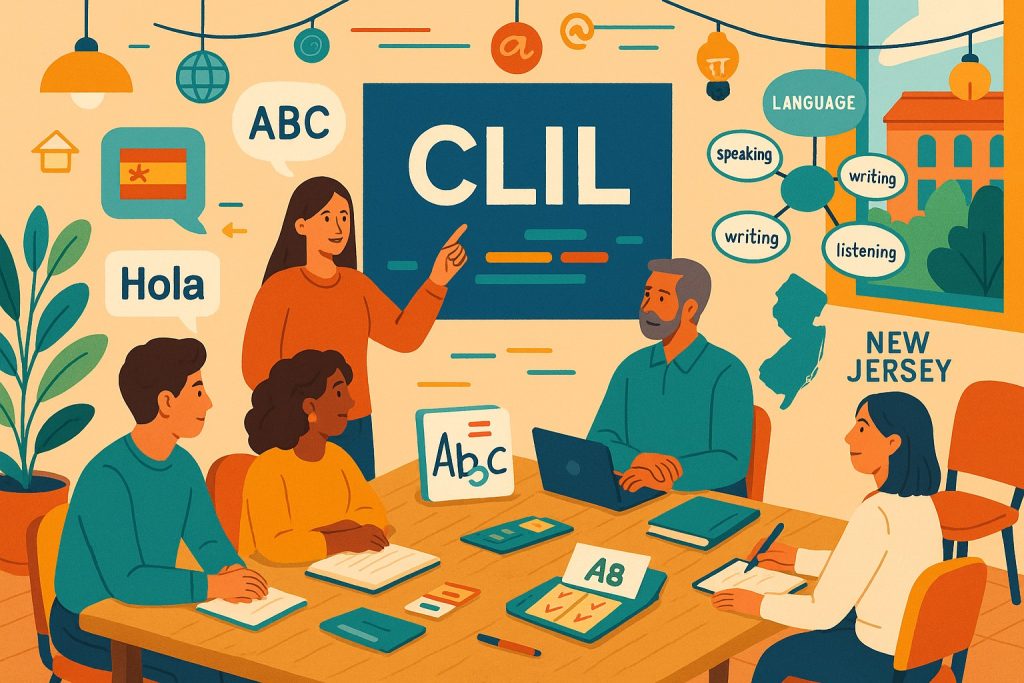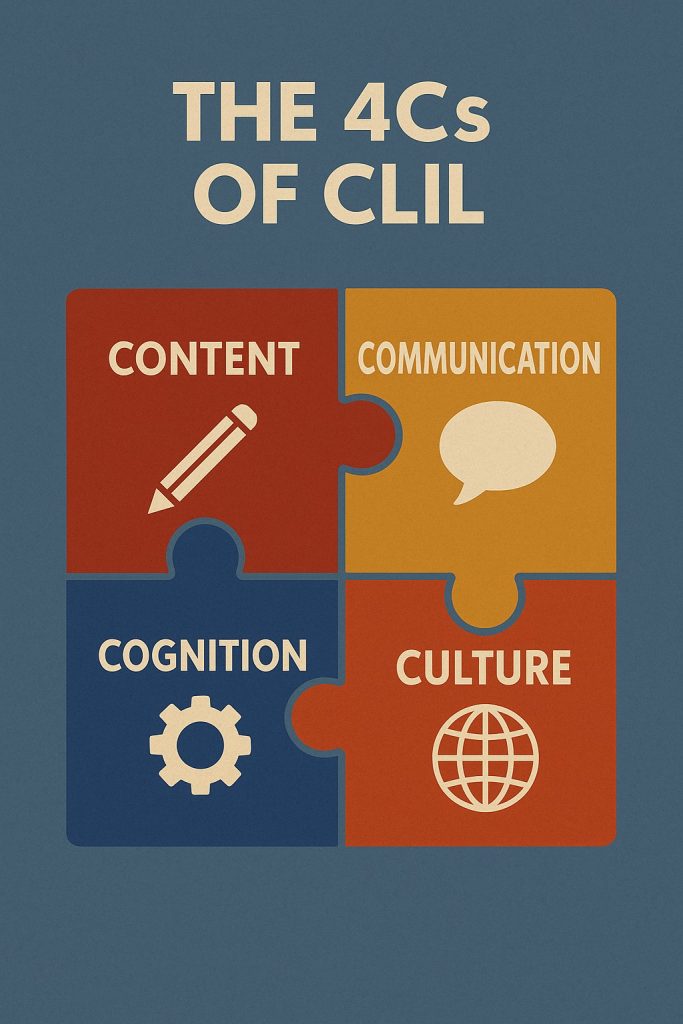
The Bilingual Method is one of those teaching ideas that feels simple yet surprisingly powerful when used well. It was first introduced back in the 1960s by Professor C.J. Dodson at the University of Wales as a smart middle way between the Grammar-Translation Method (which relied too much on the native language) and the Direct Method (which often confused students by ignoring it completely).






